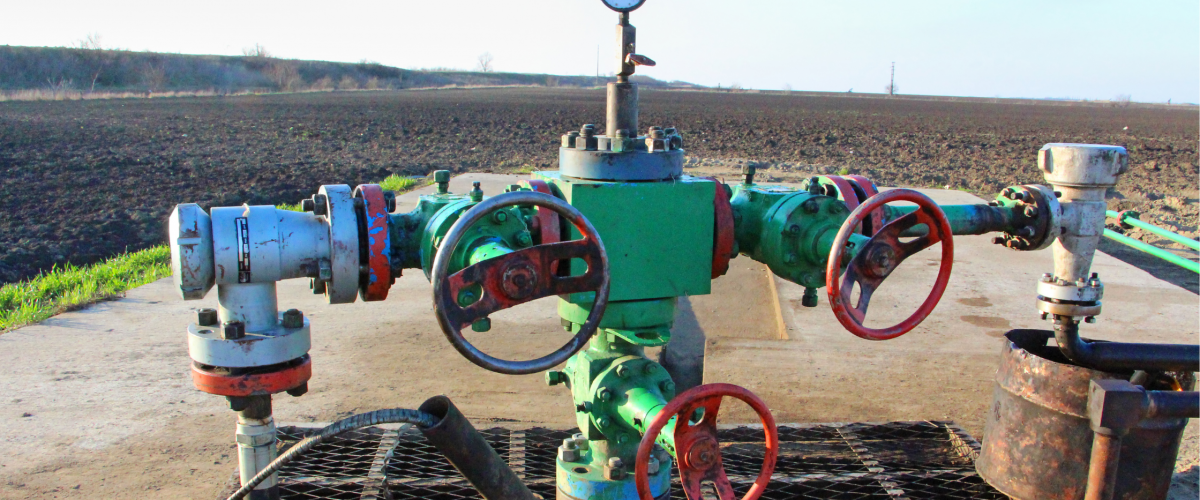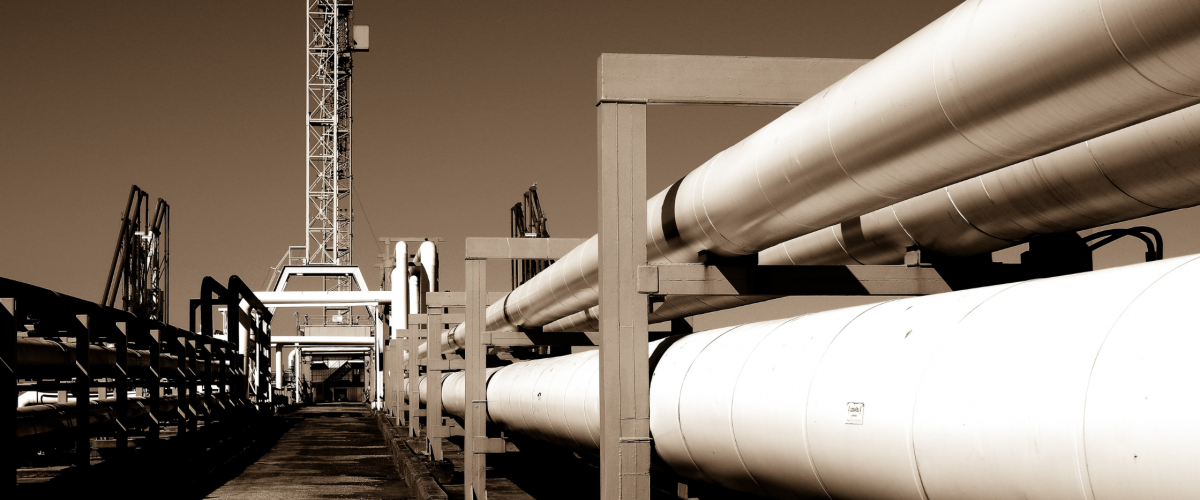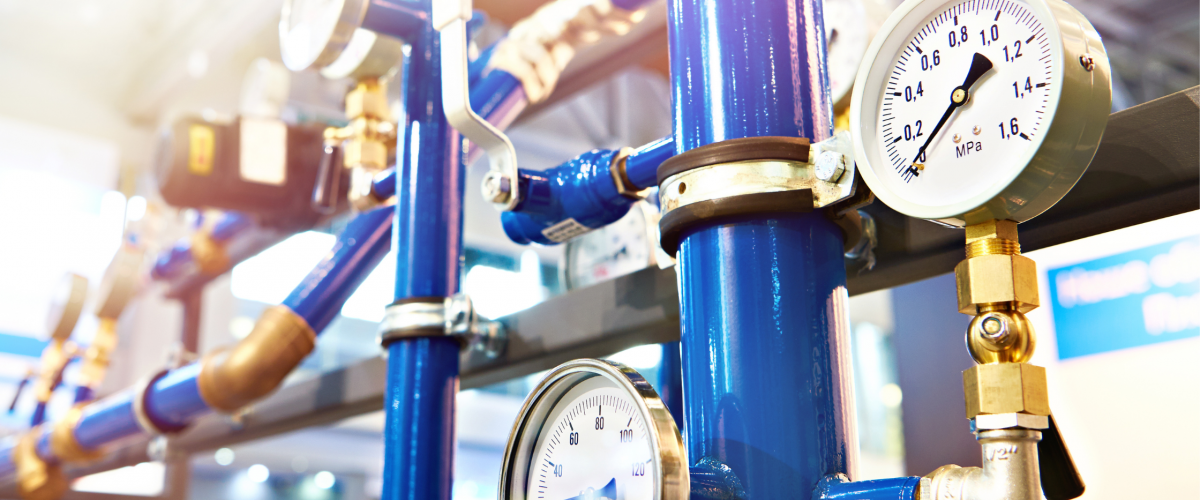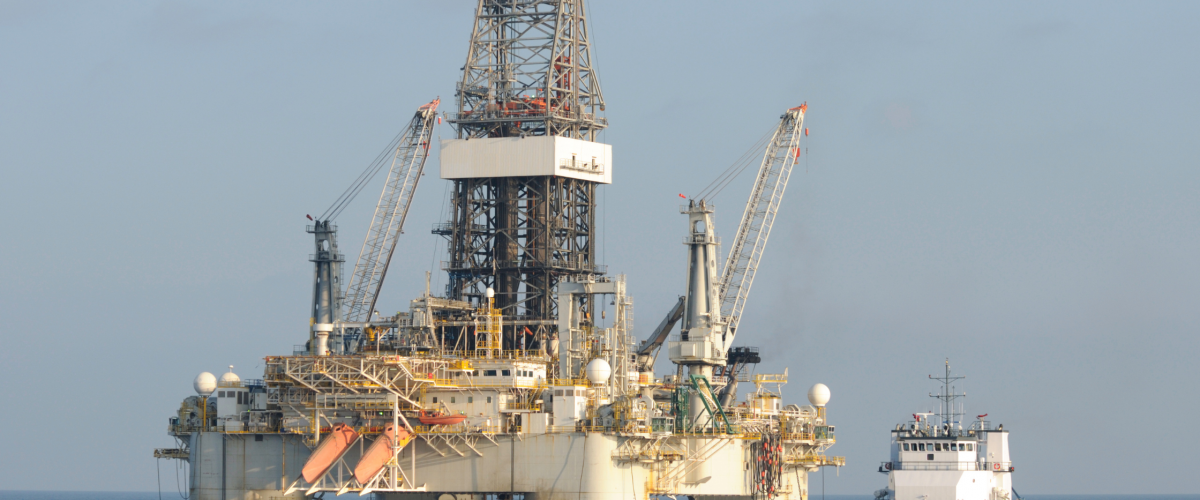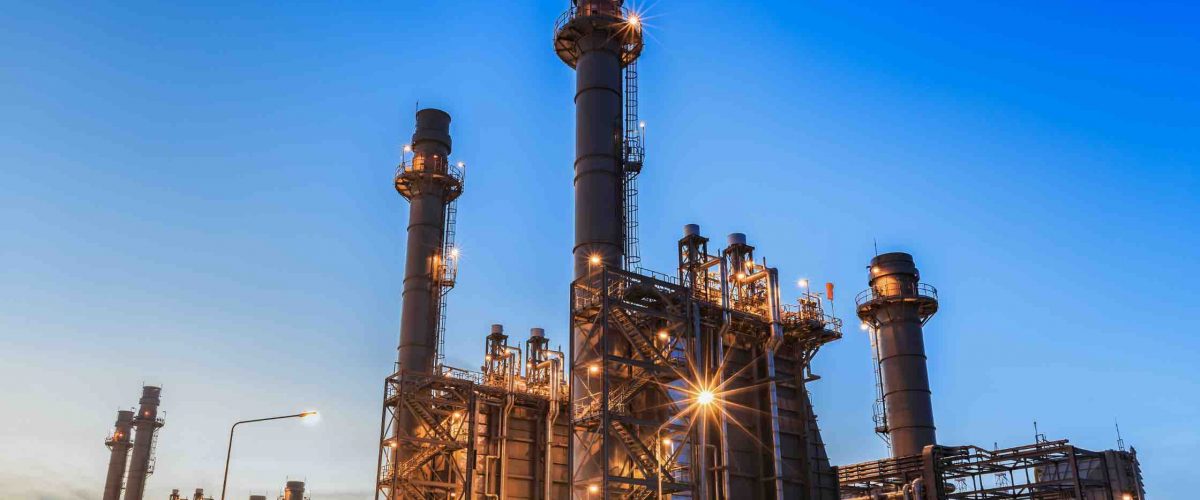Flow measurement is a critical aspect of oil and gas production, ensuring accurate quantification of fluids (liquids and gases) as they move through pipelines and processing facilities.
Accurate flow measurement is essential for optimizing production, ensuring safety, and maintaining regulatory compliance.
Here’s an overview of various flow measurement technologies and their role in ensuring accuracy in oil and gas production:
1. Differential Pressure Flow Meters
Principle
– Operate based on Bernoulli’s principle, where a change in pressure corresponds to a change in flow velocity.
– Common types include orifice plates, Venturi tubes, and flow nozzles.
Advantages
– Robust and suitable for a wide range of applications.
– Reliable for measuring clean, dirty, and viscous fluids.
Applications
– Widely used in custody transfer, process control, and pipeline flow measurement.
2. Coriolis Flow Meters
Principle
– Measure mass flow based on the Coriolis effect, where vibrating tubes cause a phase shift proportional to the mass flow rate.
Advantages
– High accuracy and direct mass flow measurement.
– Can measure the density and temperature of the fluid simultaneously.
Applications
– Ideal for measuring complex and multiphase flows in custody transfer, chemical injection, and production monitoring.
3. Ultrasonic Flow Meters
Principle
– Use ultrasonic sound waves to measure the velocity of the fluid, with transit-time and Doppler types being the most common.
Advantages
– Non-invasive with no moving parts, reducing maintenance requirements.
– Suitable for large pipelines and can measure flow in both directions.
Applications
– Used for liquid and gas flow measurement in pipelines, leak detection, and allocation metering.
4. Turbine Flow Meters
Principle
– Measure volumetric flow by the rotational speed of a turbine rotor, which is proportional to the flow rate.
Advantages
– High accuracy and good repeatability for clean and low-viscosity fluids.
– Wide range of sizes and flow capacities.
Applications
– Commonly used in custody transfer, fuel measurement, and loading/unloading operations.
5. Magnetic Flow Meters
Principle
– Operate based on Faraday’s law of electromagnetic induction, where a conductive fluid moving through a magnetic field induces a voltage proportional to the flow velocity.
Advantages
– No moving parts, suitable for dirty and corrosive fluids.
– Highly accurate and reliable for conductive liquids.
Applications
– Used in water injection, wastewater treatment, and slurry measurement.
6. Positive Displacement Flow Meters
Principle
– Measure flow by capturing a known volume of fluid and counting the number of times the volume is filled and emptied.
Advantages
– High accuracy, particularly for low flow rates.
– Suitable for high-viscosity fluids.
Applications
– Ideal for custody transfer, batch processing, and chemical injection.
7. Vortex Flow Meters
Principle
– Measure the frequency of vortices shed from a bluff body placed in the flow stream, which is proportional to the flow velocity.
Advantages
– No moving parts, low maintenance, and good accuracy.
– Can measure both liquids and gases.
Applications
– Used in steam measurement, gas flow measurement, and various process industries.
8. Thermal Mass Flow Meters
Principle
– Measure mass flow based on the heat transfer from a heated element to the fluid flowing past it.
Advantages
– Direct mass flow measurement, suitable for low flow rates.
– Accurate for clean and dry gases.
Applications
– Commonly used in gas flow measurement, such as natural gas, air, and flare gas monitoring.
9. Multiphase Flow Meters
Principle
– Designed to measure the flow of multiple phases (gas, oil, and water) simultaneously using various techniques like microwave resonance, gamma-ray, and pressure differential.
Advantages
– Provide real-time measurement of multiphase flows without the need for separation.
– Essential for accurate production allocation and reservoir management.
Applications
– Used in upstream oil and gas production for well testing and monitoring.
10. Ensuring Accuracy in Flow Measurement
Calibration and Maintenance
– Regular calibration against known standards is crucial for maintaining the accuracy of flow meters.
– Routine maintenance ensures that flow meters operate correctly and helps detect any wear or damage.
Installation Best Practices
– Proper installation, including correct positioning and ensuring straight pipe runs, minimizes flow disturbances and improves measurement accuracy.
– Following manufacturer guidelines for installation and setup is essential.
Data Integration and Analysis
– Integrating flow measurement data with digital control systems and using advanced analytics helps in real-time monitoring and decision-making.
– Ensuring accurate data capture and analysis optimizes production efficiency and enhances safety.
Environmental and Process Conditions
– Selecting the appropriate flow meter for specific process conditions (pressure, temperature, fluid characteristics) ensures optimal performance.
– Adapting to changing process conditions and fluid properties maintains measurement accuracy.
Flow measurement technologies are integral to the oil and gas industry, providing the necessary data to optimize production, ensure safety, and comply with regulations.
By understanding the principles, advantages, and applications of various flow meters, and by implementing best practices in calibration, installation, and data integration, the industry can achieve accurate and reliable flow measurements, essential for efficient and safe operations.
Read more on Sparkview Energy:
The Importance of Cybersecurity in Protecting Oil and Gas Infrastructure
Natural Gas Compression: Equipment and Applications in the Midstream Sector
Gas Dehydration Units: Removing Moisture from Natural Gas for Transport

